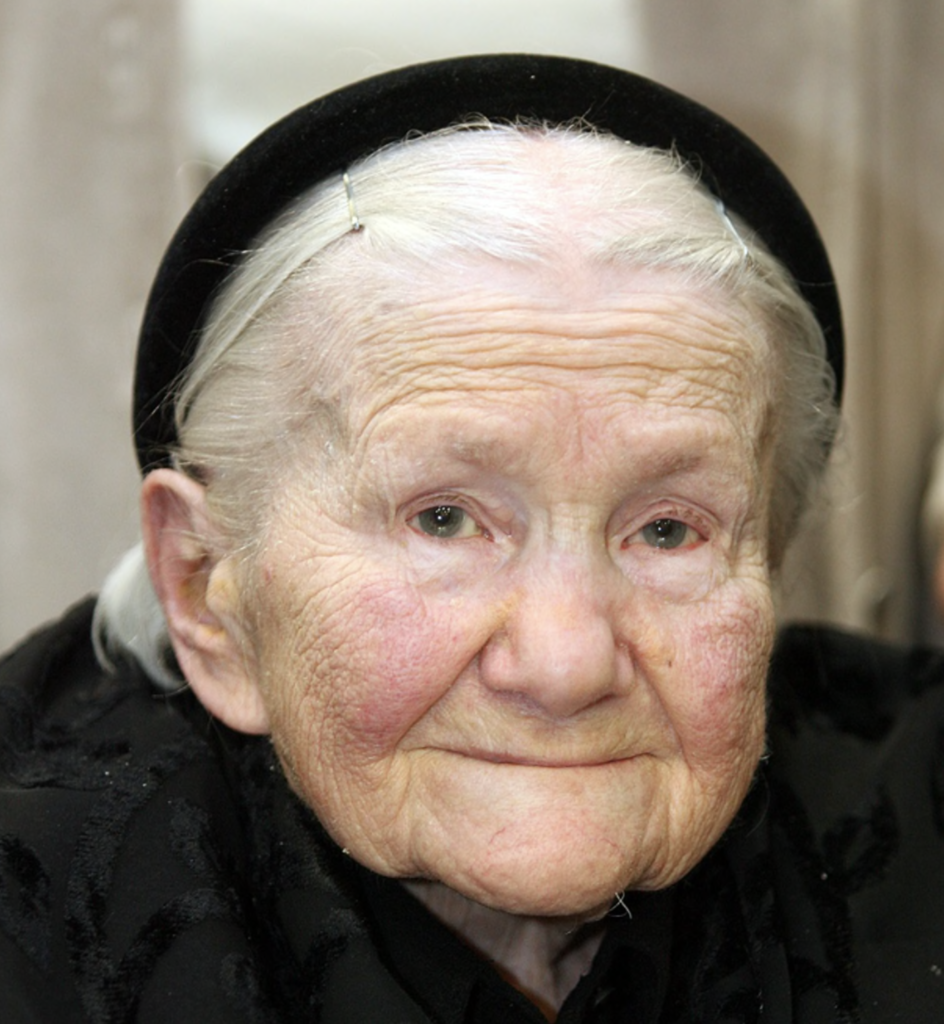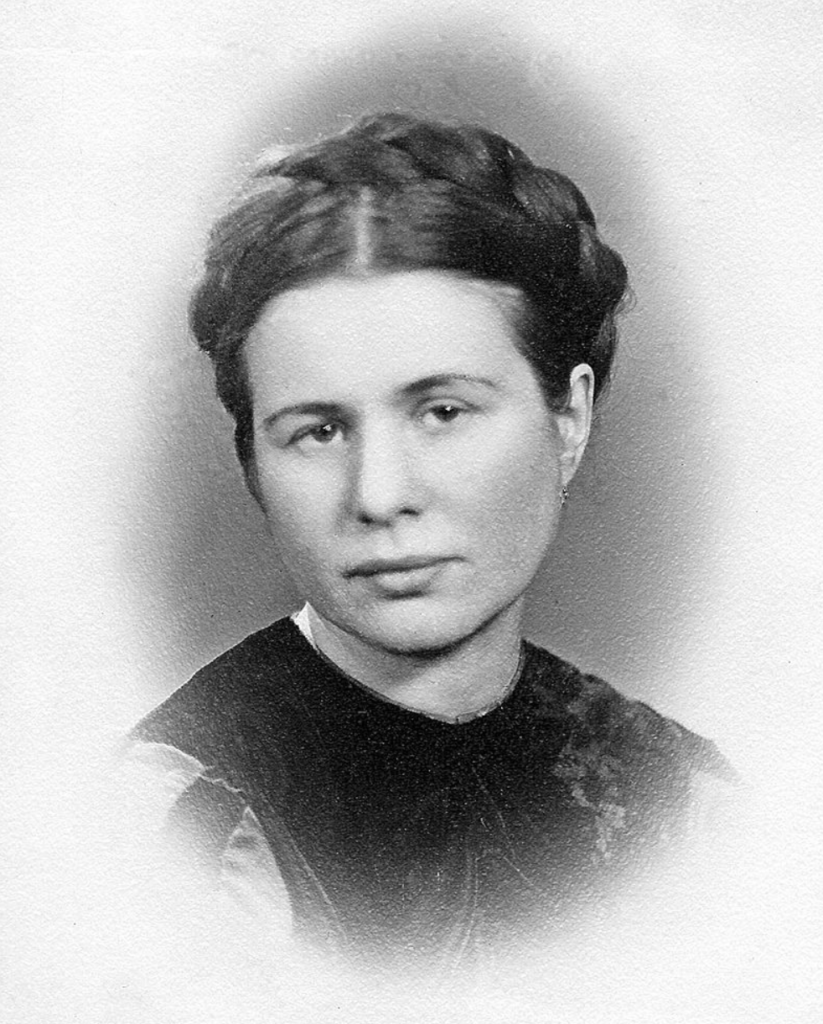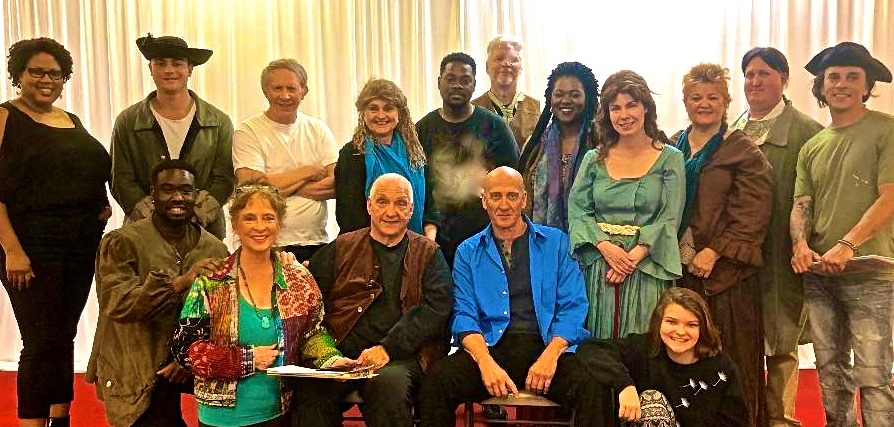Know the remarkable story of Irena Sendler who saved over 2500 orphaned Jews from Poland during the Holocaust
Who Was Irena Sendler?
When the Nazis invaded in 1939, Irena Sendler was a social worker and so had access to the Warsaw Ghetto, where hundreds of thousands of Jews were imprisoned. As a member of Żegota (aka Konrad Żegota Committee, the Council to Aid Jews), she helped rescue 2,500 Jewish children from the ghetto. For her courageous actions during the Holocaust, in 1965, Israel’s Yad Vashem honored her as “Righteous Among the Nations.” Sendler died in Warsaw in 2008.
Early Life
Sendler was born Irena Krzyżanowska on February 15, 1910, in Otwock, Poland. Her parents were members of the Polish Socialist Party, and her father, Stanisław Krzyżanowski was a medical doctor who died of typhus when Sendler was a child. In 1931 Sendler married Mieczysław Sendler, and the couple moved to Warsaw before the outbreak of World War II.

Warsaw Ghetto
In Warsaw, Sendler became a social worker, overseeing the city’s “canteens,” which provided assistance to people in need. When the Nazis invaded Poland in 1939, Sendler and her colleagues also used the canteens to provide medicine, clothing and other necessities to the city’s persecuted Jewish population. In 1940, the Nazis forced Warsaw’s more than 400,000 Jewish residents into a small locked ghetto area, where thousands died every month from disease and starvation. As a social worker, Sendler was able to enter the ghetto regularly to help the residents and soon joined Żegota, the Council to Aid Jews. Putting themselves at great risk, she and about two dozen of her colleagues set out to save as many Jewish children as possible from death in the ghetto or deportation to concentration camps.
Żegota began by saving Jewish orphans. They had several ways of smuggling them out of the ghetto: Some were carried out in caskets or potato sacks; others left in ambulances or snuck out through underground tunnels. Still others entered the Jewish side of a Catholic church that straddled the ghetto boundary and left on the other side with new identities. Sendler then helped place the children at convents or with non-Jewish families.
As the situation became more dire for the ghetto’s inhabitants, Sendler went beyond rescuing orphans and began asking parents to let her try to get their children to safety. Although she couldn’t guarantee the children’s survival, she could tell parents that their children would at least have a chance. Sendler kept detailed records and lists of the children she helped buried in a jar. Her plan was to reunite the rescued children and their parents after the war. However, most of the parents did not survive.
On October 20, 1943, the Nazis arrested Sendler and sent her to Pawiak Prison. There they tortured her, trying to get her to reveal the names of her associates. She refused and was sentenced to death. However, Żegota members bribed the prison guards, and Sendler was released in February 1944.
Sendler continued her work until the war ended, by which time she and her colleagues had rescued some 2,500 children. It has been estimated that Sendler personally saved about 400.

Personal Life
After the war, Sendler’s first marriage ended in divorce. In 1947 she married Stefan Zgrzembski, with whom she had three children, daughter Janka, and sons Andrzej (who died in infancy) and Adam. After the death of Zgrzembski, Sendler remarried her first husband, Mieczysław Sendler, but their reunion didn’t last and they again divorced.
Honors and Awards
In 1965, Yad Vashem, Israel’s Holocaust memorial organization, named Sendler as Righteous Among the Nations for her work saving Jewish children. In 2003, Poland honored her with its Order of the White Eagle. In 2008, Sendler was nominated for (but did not win) a Nobel Peace Prize. The story of her life was also captured in a 2009 TV movie The Courageous Heart of Irena Sendler, which starred Anna Paquin in the title role.
Death
Sendler died on May 12, 2008, in Warsaw, Poland, at the age of 98.
Let us never forget Irena’s courage and strength

Source Articles



What a remarkable lady – truly a heroine. As a son of a Holocaust survivor my family and I are grateful that you published this story We must never forget.